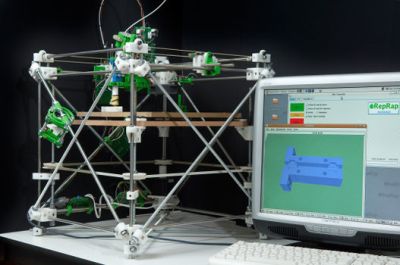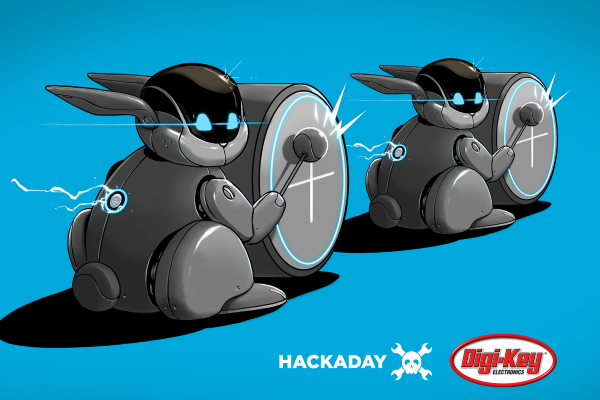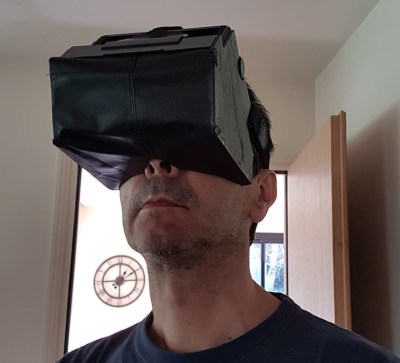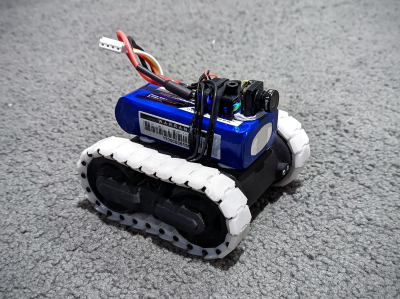We’re in full-on prep mode for our first event in Europe in four years: Hackaday Berlin. And while we’ve got a great slate of speakers lined up, and to be announced soon, I’m personally most excited for the lightning talks.
Why? Because the lightning talks give you all, the attendees, the chance to get up and let everyone know what you’re up to. They’re longer than an elevator pitch, so you have time to at least start to explain the most interesting detail or two, but they’re not long enough that you can cover every aspect of a project. And that’s the trick!
By being short enough that you couldn’t possibly cover everything, you don’t need to worry about covering everything. Just go for the highlights. And because you left a lot of the interesting details back, everyone in the audience is going to want to bend your ear about it for the rest of the conference. It’s like the ultimate icebreaker.
For the audience? Lightning talks, when they’re good, are like a fountain of non-stop great ideas and inspiration. And if you happen on that just doesn’t tickle your hacker-bone, it’s probably over in another five minutes, so no worries.
We didn’t have time to run a full-on call for proposals for Berlin, but we’re hoping that you’ll ride the lightning. We’d all love to hear what you’ve got to say!





















